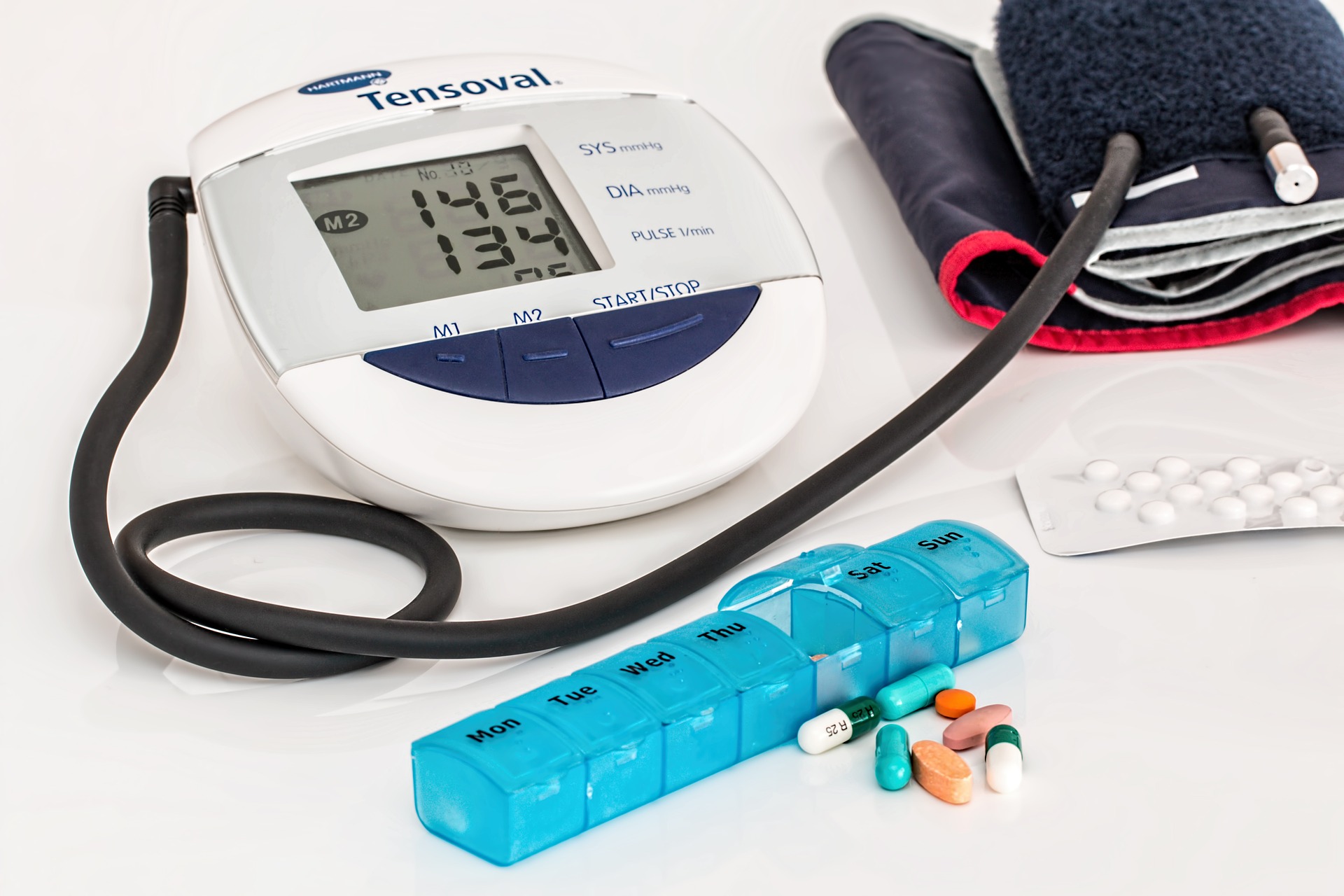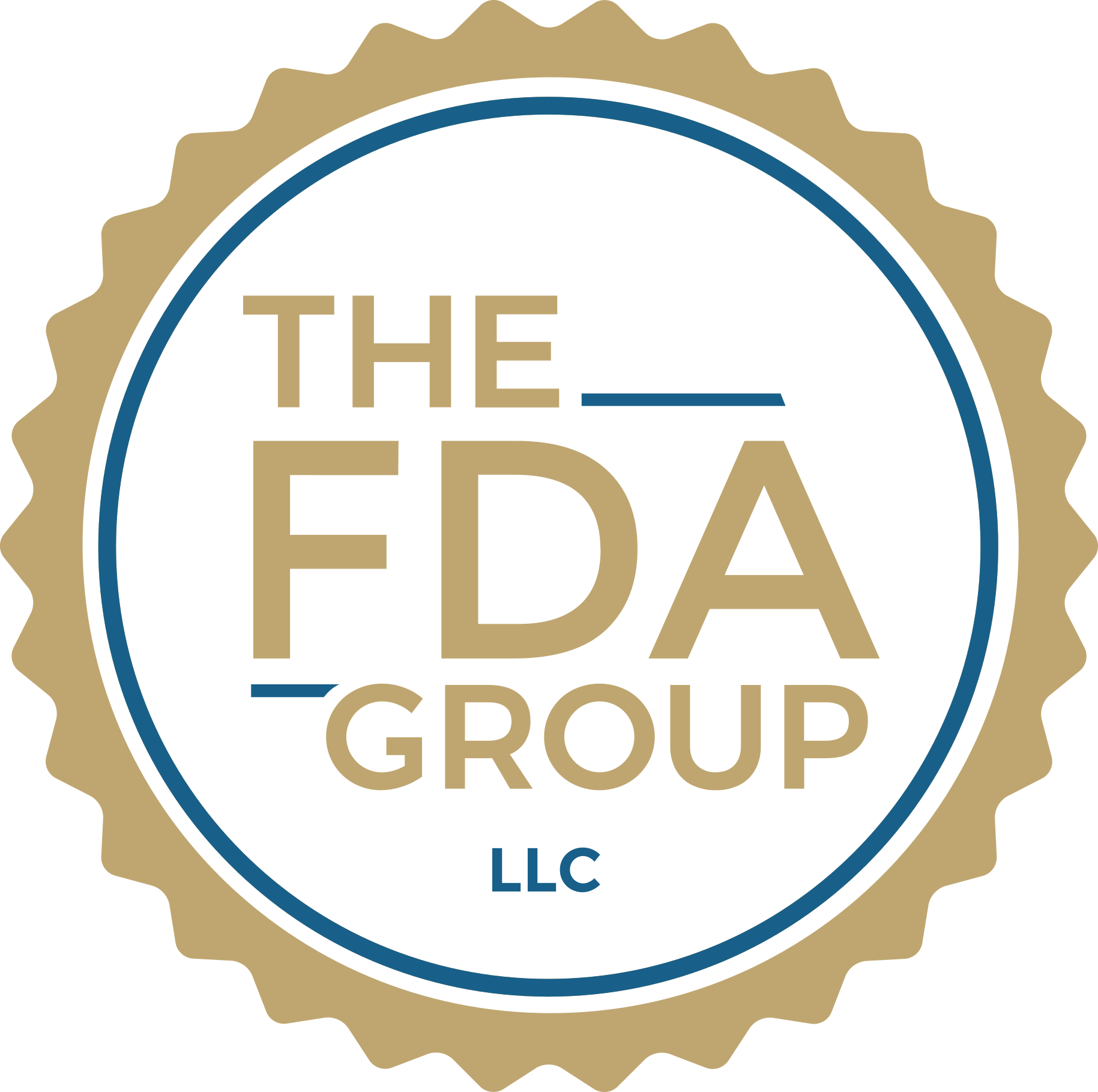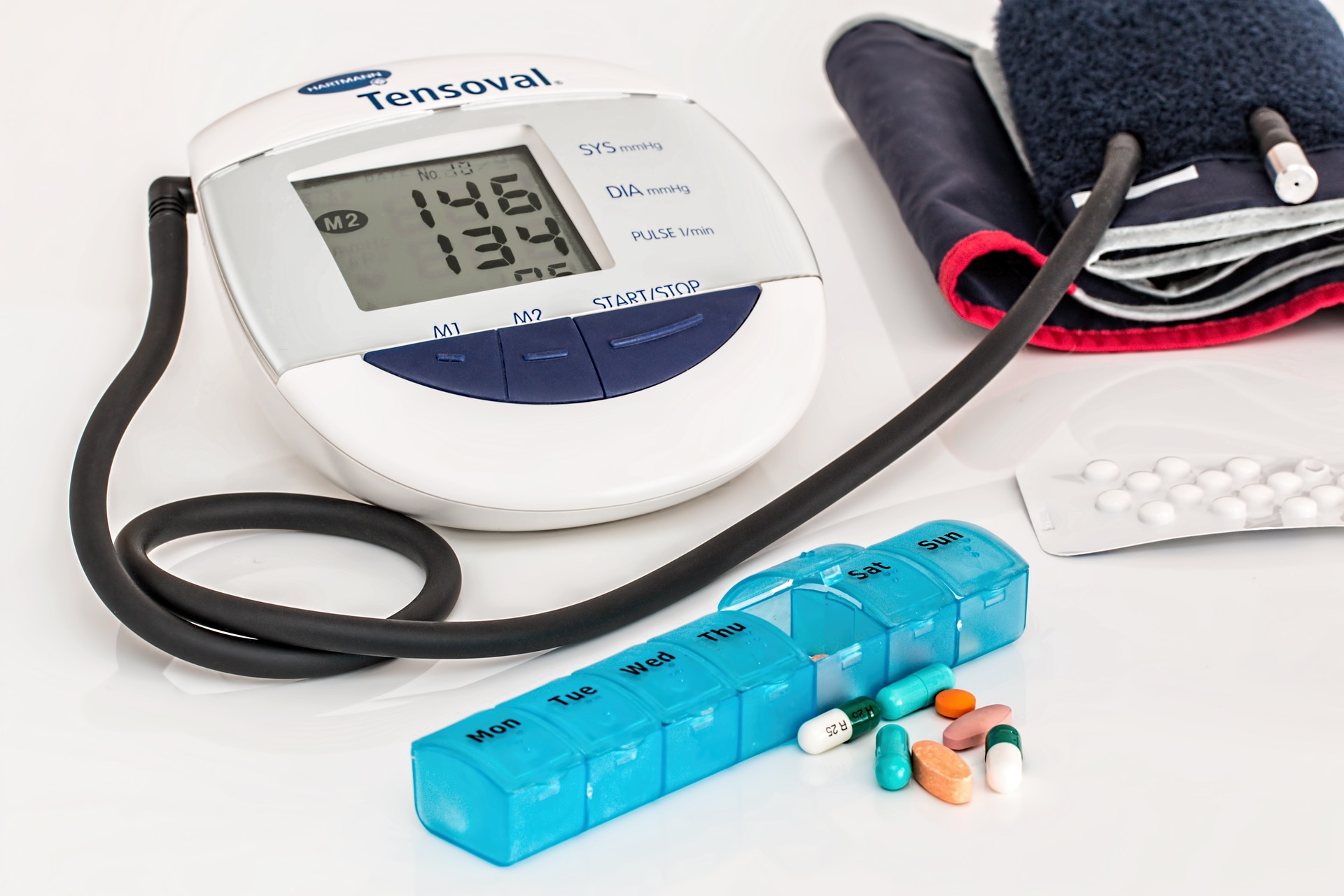 While an inspection may seem like a distant concern, class II and class III manufacturers are technically subject to one at least every two years.
While an inspection may seem like a distant concern, class II and class III manufacturers are technically subject to one at least every two years.
FDA’s regulations for quality systems—FDA 21 CFR part 820—have been on the books for years. As a result, the Agency expects all device manufacturers to fully understand and implement these regulations into their current quality systems.
In addition to the regulations themselves, FDA has laid out exactly how they intend to investigate device companies with the Guide to Inspections of Quality Systems, an older but still very useful guide to help you prepare for investigators.
[Free Whitepaper:] The Complete Guide to Remediation Projects
Each year, FDA releases the top regulatory and compliance issues revealed by the previous year’s inspections across the industry. With last year’s results now available we’ve summarized the most common issues device manufacturers faced to give you a sense of what to monitor most closely throughout 2016 and beyond.
Here are the key takeaways from this year’s FDA Medical Device Quality System Data factsheet:
Top FDA Form 483 Observations for Medical Device Companies in 2015
Last year, FDA issued a total of 3,525 Form 483 Inspectional Observations to 924 medical device companies relating to 21 CFR part 820.
[Read Also:] 5 Common Mistakes to Avoid in Your FDA 483 Response
We’ve broken this data down into specific areas below:
- Design Controls
• CFR Clause 820.30
• QS Subsystem: DES
• Number of 483 Observations: 536
• Percent of total 483s: 15%
- Corrective and Preventative Action (CAPA)
• CFR Clause 820.100
• QS Subsystem: CAPA
• Number of 483 Observations: 474
• Percent of total 483s: 13%
- Complaint Files
• CFR Clause 820.198
• QS Subsystem: CAPA
• Number of 483 Observations: 435
• Percent of total 483s: 12%
- Nonconforming Product
• CFR Clause 820.90
• QS Subsystem: CAPA
• Number of 483 Observations: 222
• Percent of total 483s: 6.3%
- Receiving, In-Process, and Finished Device Acceptance
• CFR Clause 820.80
• QS Subsystem: P&PC
• Number of 483 Observations: 195
• Percent of total 483s: 5.5%
- Process Validation
• CFR Clause 820.75
• QS Subsystem: P&PC
• Number of 483 Observations: 180
• Percent of total 483s: 5.1%
- Production and Process Controls
• CFR Clause 820.70
• QS Subsystem: PC&C
• Number of 483 Observations: 153
• Percent of total 483s: 4.3%
- Device History Record
• CFR Clause 820.184
• QS Subsystem: DOC
• Number of 483 Observations: 152
• Percent of total 483s: 4.3%
- Quality Audit
• CFR Clause 820.22
• QS Subsystem: MGMT
• Number of 483 Observations: 145
• Percent of total 483s: 4.1%
Top Warning Letter Citations for Medical Device Companies in 2015
The FDA issued 121 Warning Letters to device manufacturers in 2015, totaling 690 citations made against 21 CFR part 820.
Here were the 9 top areas of concern for FDA Warning Letters last year:
- Corrective and Preventative Action (CAPA)
• CFR Clause 820.100
• QS Subsystem: CAPA
• Number of Warning Letter Citations: 171
• Percent of Total Warning Letter Citations: 25%
- Design Controls
• CFR Clause 820.30
• QS Subsystem: DES
• Number of Warning Letter Citations: 101
• Percent of Total Warning Letter Citations: 15%
- Complaint Files
• CFR Clause 820.198
• QS Subsystem: CAPA
• Number of Warning Letter Citations: 76
• Percent of Total Warning Letter Citations: 11%
- Purchasing Controls
• CFR Clause 820.50
• QS Subsystem: P&PC
• Number of Warning Letter Citations: 54
• Percent of Total Warning Letter Citations: 7.8%
- Nonconforming Product
• CFR Clause 820.90
• QS Subsystem: CAPA
• Number of Warning Letter Citations: 48
• Percent of Total Warning Letter Citations: 7.0%
- Process Validation
• CFR Clause 820.75
• QS Subsystem: P&PC
• Number of Warning Letter Citations: 45
• Percent of Total Warning Letter Citations: 6.5%
- Production and Process Controls
• CFR Clause 820.70
• QS Subsystem: P&PC
• Number of Warning Letter Citations: 45
• Percent of Total Warning Letter Citations: 6.5%
- Receiving, In-Process, and Finished Device Applications
• CFR Clause 820.80
• QS Subsystem: P&PC
• Number of Warning Letter Citations: 41
• Percent of Total Warning Letter Citations: 5.9%
- Quality Audit
• CFR Clause 820.22
• QS Subsystem: MGMT
• Number of Warning Letter Citations: 38
• Percent of Total Warning Letter Citations: 5.5%
Clearly, CAPA, design controls, and handing complaint files are the key areas where most issues are found, dominating the top three spots for both FDA 483s and Warning Letters.
[Read Also:] 5 Indirect Costs of an FDA Warning Letter
Perhaps less obvious but equally interesting is the absence of Purchasing Controls from the top Inspectional Observations despite being fourth on the list of top Warning Letters. This, in fact, accounts for less than 1% of FDA 483s.
A proactive approach to regulatory compliance
The FDA, in particular relies extremely heavily on documentation when investigating compliance. As a result, companies should be investing as much time and effort on documentation as it does making their devices safe and effective for patients.
This however, isn’t always the case—a fact made clear by the increasing number of 483s citing problems with documentation each year. Avoiding compliance problems requires putting a comprehensive documentation system in place for investigators before they arrive.
At The FDA Group, we plan and conduct effective internal quality audits to ensure your Standard Operating Procedures (SOPs) are completely aligned with all documentation and operations—the critical part of any internal audit.
Want to learn more about planning and executing effective remediation projects following an FDA 483 or Warning Letter? Grab our free whitepaper: The Complete Guide to Remediation Projects or contact our experts today for a consultation.

